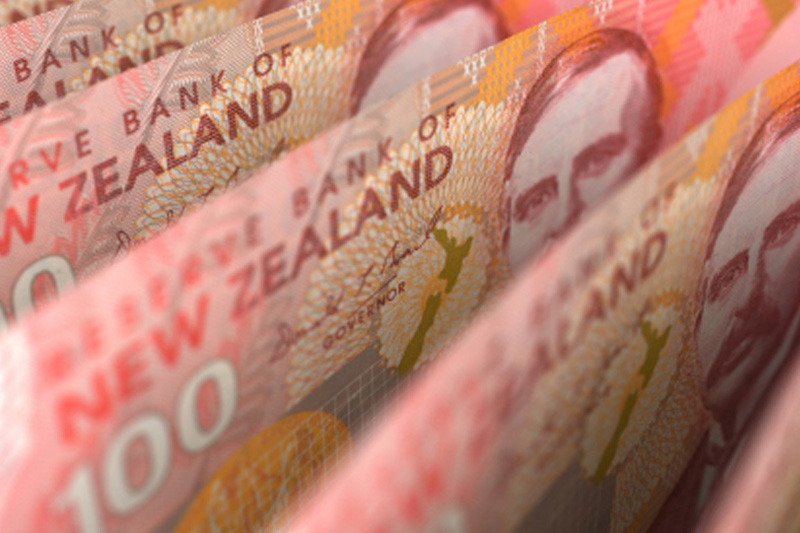Investing.com - The New Zealand dollar was flat to lower Wednesday after remarks by the central bank governor signalling the strong currency remained significant for any moves to tighten policy further.
NZD/USD traded at 0.8626, down 0.01%, in early trade after the comments. AUD/USD held at 0.9362, up 0.04%, after the release of the federal budget on Tuesday that showed a bid to erase a budget deficit in the coming years through a mix of spending cuts and taxes.
The Reserve Bank of New Zealand will move cautiously through its rate tightening cycle as it watches the impact on the already high exchange rate, Governor Graeme Wheeler said.
Wheeler, in remarks after the release of a financial stability report, said for the RBNZ the situation is "having to do this when no other advanced economy is likely to tighten interest rates this year."
"Clearly, we are looking at the exchange rate implication..we are also conscious of the fact that there is a whole generation...of borrowers out there
who are highly leveraged and have never been through a rate tightening cycle," and the effect a rate hike would have on their consumption spending, Wheeler
said.
In March the RBNZ raised the official cash rate by 25 basis points from a record low 2.5%. It raised the OCR again in May to bring it to the current level of 3.0%, and has flagged more raterises.
First quarter retail sales for New Zealand with an expectation of a 0.9% quarter-on-quarter gain. In Japan, domestic CGPI for April is due at 0850 Tokyo (2350 GMT) with a 2.8% rise expected month-on-month.
Overnight, the dollar traded higher against most major currencies on news Germany's central bank would support a European Central Bank decision to implement fresh stimulus tools should the European economy merit such action.
The Wall Street Journal reported the Germany's central bank would back monetary easing measures, including a negative rate on bank deposits and purchases of packaged bank loans, if such tools were needed to keep persistently low levels of inflation from becoming entrenched in the euro zone.
Meanwhile in the U.S., investors shrugged off soft retail sales numbers, betting that data will disappoint from time to time but longer-term trends point to a more sustained U.S. recovery.
The Commerce Department reported earlier that U.S. retail sales rose just 0.1% in April, missing expectations for a 0.4% increase. Retail sales for March were revised up to a 1.5% gain from a previously reported increase of 1.2%.
Core retail sales, which exclude automobile sales, were flat in April, disappointing forecasts for a 0.6% increase. Core sales in March were revised up to a rise of 1% from a previously reported increase of 0.7%
The US Dollar Index, which tracks the performance of the greenback versus a basket of six other major currencies, was flat at 80.19.
On Wednesday, the U.S. is to release data on producer price inflation.
